Emilia-Romagna is one of the largest Italian wine regions, with 60.000 hectares of vineyards. Around 75% of vines are planted on flat land, with the remaining 25% planted on hills and mountains. This region is divided into two different geographical areas: Emilia, the western part of the region and Romagna in the east.
Our Choices from Emilia Romagna
Sangiovese IGT Rubicone
Unpretentious 2022 table red. Ideal for easy-drinking, best paired with pizza or pasta.
Read more
Novita, Rubicone, Emilia Romagna, Trebbiano
A 2022 light, dry, and fresh white wine. Flavors of green apple and melon make it a refreshing option.
Read more
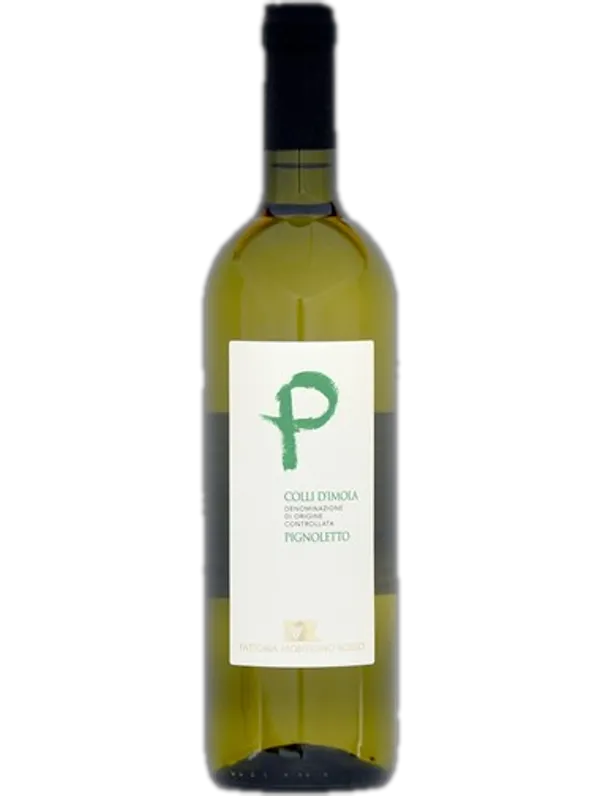
Fattoria Monticino Rosso Pignoletto Colli d’Imola
Feminine, fragrant bouquet with a balanced, slightly bitter taste. Perfect for everyday charm.
Read more
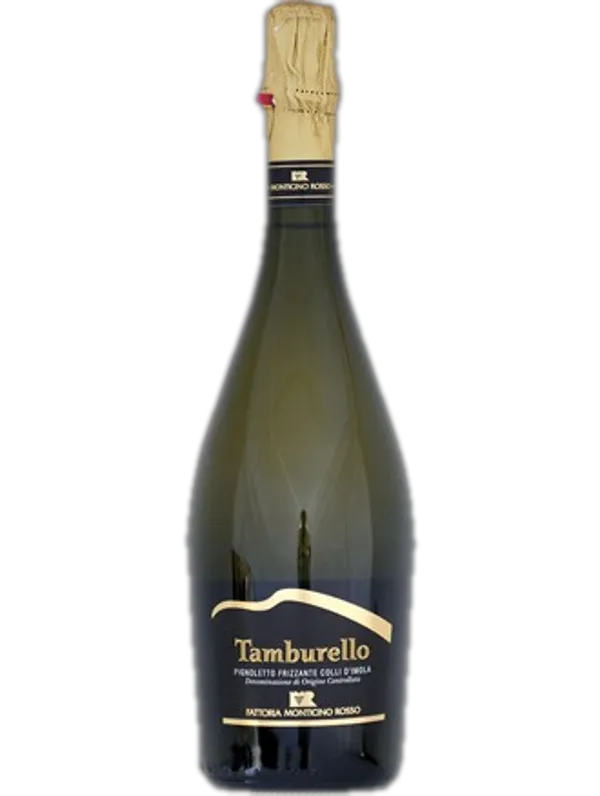
Fattoria Monticino Rosso Tamburello Pignoletto Frizzante
Elegant, fine bubbles with citrus and almond hints. A subtle, fresh palate with floral notes.
Read more
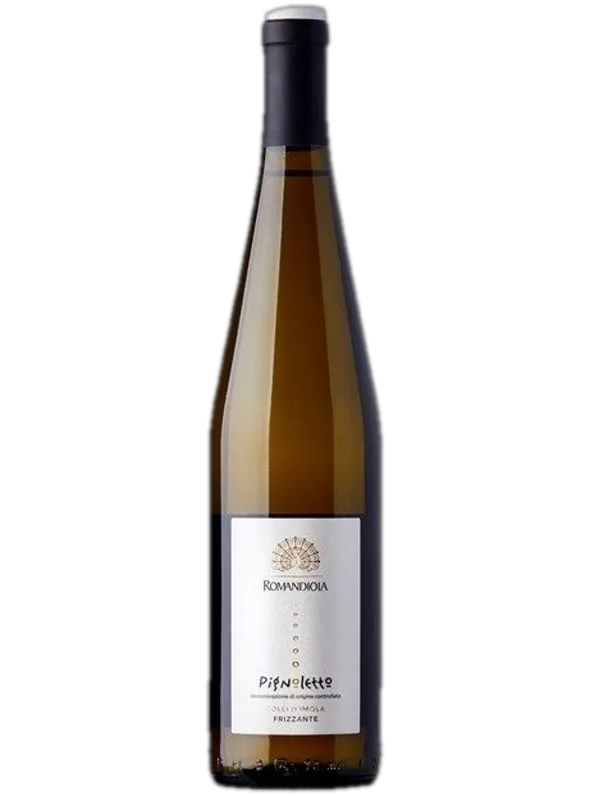
Cevico, Colli Imola, Emilia Romagna, Romandiola Pignoletto Frizzante
Delicately floral, crisp and refreshing; a sparkling blend reminiscent of Pinot Grigio and Prosecco.
Read more
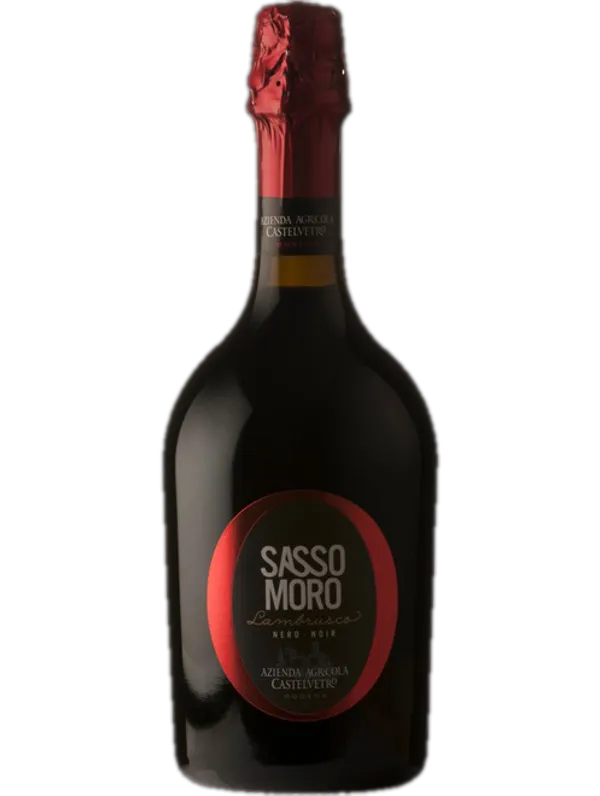
Sassomoro Lambrusco di Modena
Vibrant purple, effervescent with a melody of Morello cherries, elderberries, and soft tannins. A playful, fruity indulgence.
Read more
Emilia Romagna's key Wine Areas
Romagna DOC
The cultivation area of Sangiovese, Albana, Trebbiano Romagnolo grapes. The various soil types of the area results in a diversity of local wines. The whites tend to be wither fresh with floral aromas or serious and structured with oak ageing. The region is also particularly famous for its selection of sparkling wines.
Colli Piacentini DOC
This area is divided into two parts: one area predominantly produces red wines with higher alcohol content, and the other is dedicated to whites with a lower alcohol content - Malvasia di Candia Aromatica, Moscato whites are from this area. The Piacenza hills are famous for its sparkling wines.
Modena DOC
Red wines from Moderna have a red ruby color with purplish tendencies, medium-high acidity and tend to be soft and fruity. White wines are straw yellow in colour with good acidity. The Lambrusco clones of Lambrusco di Sorbara, Lambrusco Grasparossa and Lambrusco Salamino are also from Modena.
Gutturnio DOC
Gotturnio DOC is divided into various districts in the province of Piacenza. Here the typical grapes are Barbera and Bonarda that craft spicy, red fruited wines.
Food Parings
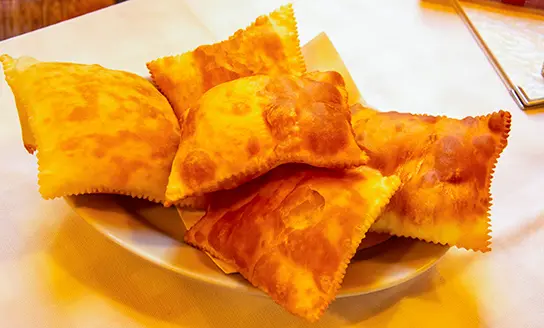
Starter: Gnocco fritto
a fried dough made from flour, water, salt and lard, served with cured meats and cheeses
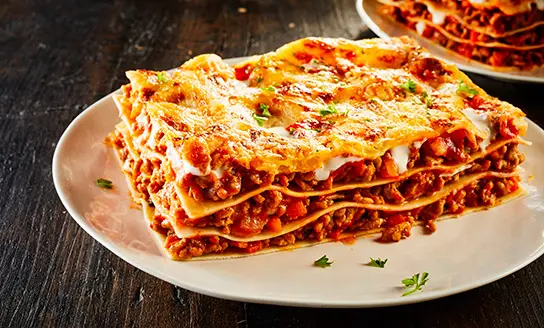
Main course: Lasagne
traditional dish made with a series of flat pasta layers with Bolognese ragù and béchamel
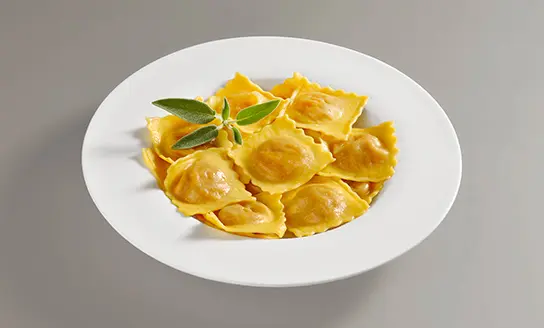
Main course: Tortelli
unique stuffed pasta filled with local ingredients, such as herbs and ricotta, pumpkin or potatoes.

Second course: Cotoletta alla bolognese
a veal or chicken cutlet which is fried and flavored with meat broth.
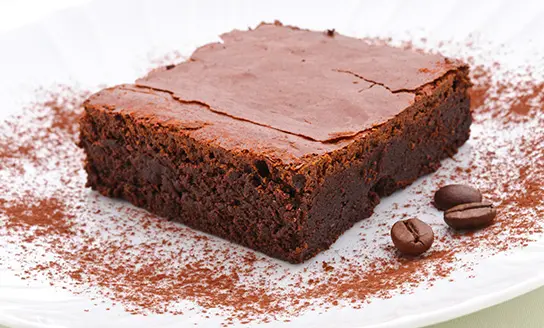
Dessert: Torta Barozzi
a dessert originally from Modena, made with almonds, cocoa and coffee - its authentic recipe is still a secret.
This region’s cuisine is considered among the best in the world. It is extremely rich and varied often originating from humble beginnings. Its great food pillars are Parmigiano Reggiano, Balsamic Vinegar and Prosciutto (or Parma Ham) and its recipes are a symbol of Italy on a plate.
Emilian cuisine is synonymous with excellence – just think about Massimo Bottura: his three-Michelin-star restaurant based in Modena has been one of the top 5 at The World's 50 Best Restaurants Awards since 2010.
FAQS
What wine is Emilia-Romagna known for?
Emilia-Romagna is home of the famous (and often mistreated) Lambrusco, one of the very few red sparkling wines on the market. It is also home to Sangiovese di Romagna DOC and Albana DOCG, the latter being the first Italian white to have received the denomination of controlled and guaranteed origin.
What grapes are grown in Emilia-Romagna?
The most widespread grapes in this region are Trebbiano Romagnolo (white), Sangiovese and Lambrusco (black), Croatina (black) and Pignoletto (white).
What is distinctive about Emilia-Romagna’s wines?
Emilia Romagna, notoriously renowned for the production of Lambrusco. It also has a high level of natural wines (wines that are devoid of chemicals and made with as little manipulation as possible). Some unique wines from Emilia Romagna include Sauvignon Emilia IGT, Pignoletto Modena DOC and Malvasia Emilia IGT.
Which is the best time to visit Emilia-Romagna?
Emilia-Romagna has become one of the most popular Italian tourist destinations in the last 5-10 years, thanks to its wonderful cuisine and wine history. The best months to visit the beautiful cities of Bologna, Parma, Modena, Ferrara and Rimini are those between April and October. If you plan to visit the coast, between May and September is a perfect time of year to visit.
What is unique about Emilia-Romagna compared to other parts of Italy?
It is known for its cuisine and wine history: many food critics consider it to be the best cuisine in the world. Furthermore, the inhabitants of this region are particularly friendly and welcoming. The region is blessed with a wonderful variety of landscapes and sceneries, from beautiful cities such as Modena, Parma, Bologna and Ferrara, to a lively coastal territory where it is possible to enjoy sandy beaches and a great nightlife.
Want to know it all?
Emilia-Romagna: region in a nutshell
Total vineyard area:
60,000 hectares (70% red wines, 30% white wines)Number of producers:
16,000Total wine production:
6.7 million hectolitersNumber of DOCGs:
2Number of DOCs:
18
Emilia-Romagna’s Wine History
The history of wine and vineyards of this region date back to pre-Roman times. Lambrusco is particularly ancient, first made famous in the 1900s.
Lambrusco is often considered a sub-par grape variety, never receiving much attention from wine critics. Thing have changed in recent years, especially since local winemakers started to heavily invest in the production of Lambrusco, producing bottles of remarkable quality.
Viticulture
The climate, and terroir are diverse in Emilia-Romagna. The region is divided into two distinct geographical and cultural zones: Emilia, in the western part of the region, and Romagna, in the eastern part.
In Emilia, there are various grape black grape varieties, such as Lambrusco, Barbera and Croatina, which together form the Gutturnio DOC. White grape varieties include Malvasia di Candia Aromatica, Moscato, Ortrugo and Pignoletto.
Romagna also has two of the most famous grape varieties in Italy - Sangiovese and Trebbiano.
Top Wineries To Visit
Cantina Cesena
Cantina di Cesena was founded in 1933 in Cesena in Emilia Romagna. It is a medium-sized cooperative, which after 80 years of activity has about 300 members, of which 80% made up of small contributors.
Galassi Maria
Located in Cesena and owned by the Galassi family since the end of the 19th century, wine production started again in 2006 with current owner Maria. She is passionate about protecting both the environment and her health, so follows organic farming methods.
Cantina Paltrinieri
Cantina Paltrinieri Located in the heart of Sorbara, Cantina Paltrinieri is among the best producers of the famous Lambrusco di Sorbara DOC. The winery was founded by the Paltrinieri family in 1926 and their award winning wines regularly make it into top 100 Italian wine lists.
Best white wines from Emilia-Romagna
Trebbiano Romagnolo:
The most widespread white grape in the region, Trebbiano is fresh with a straw color.
Malvasia di Candia Aromatica:
Complex with flavours of stone fruit and flowers. They range from dry to sweet.
Ortrugo:
Ortugo has flavours of citrus, grass and almonds. It can be still or sparkling.
White Moscato:
An aromatic, versatile wine ranging from dry and aromatic to sweet and sparkling.
Albana:
a full bodied white, golden in colour with flavours of candied fruit.
Best red wines from Emilia-Romagna
Lambrusco:
Sparkling red made with the Lambrusco grape, the most widespread the red grape in Emilia-Romagna.
Sangiovese di Romagna:
Sangiovese has an intense ruby red colour with flavours of sour cherry and forest fruits.
Gutturnio:
made from Barbera and Croatina grapes. A soft and fruity red, both sparkling and still
